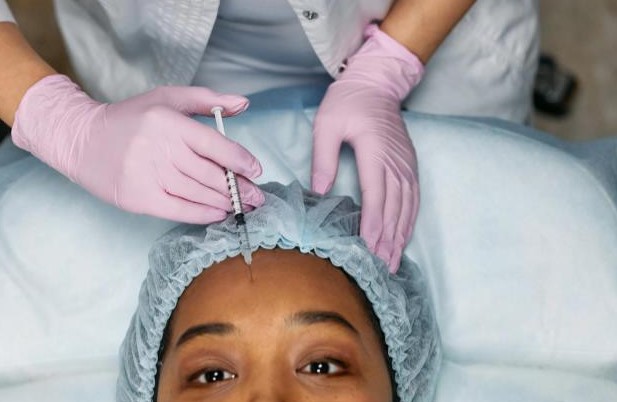08
May 2024
What Should You Do After A Botox Treatment?
Published in General on May 08, 2024

The decision to undergo a Botox treatment marks a significant step in one's journey towards rejuvenation and self-care. Whether it's to soften fine lines, minimize wrinkles, or address certain medical conditions, Botox has become a popular cosmetic procedure worldwide. However, the success and longevity of the treatment depend not only on the injection process itself but also on the post-treatment care. In this comprehensive guide, we'll delve into what you should do after a Botox treatment to ensure optimal results and a smooth recovery process.
Immediate Aftercare
Immediately following your Botox treatment, it's essential to adhere to specific guidelines to enhance the efficacy of the procedure and minimize the risk of complications. Firstly, avoid rubbing or touching the treated area for at least six hours post-injection. This precaution prevents the Botox from spreading to unintended muscles, ensuring precise results. Additionally, refrain from strenuous physical activities, excessive bending, or lying down for the first few hours after treatment. While there may be some temptation to lay down after botox to relax, it's advisable to remain upright for optimal circulation and to avoid pressure on the injection sites. Instead, engage in light activities and maintain an upright position to allow the Botox to settle evenly.
Hydration and Avoidance of Alcohol
Hydration plays a crucial role in the recovery process after a Botox treatment. Drinking plenty of water helps flush out toxins from the body and promotes overall skin health, contributing to the longevity of your results. Aim to drink at least eight glasses of water per day to keep your skin hydrated and plump. Conversely, it's advisable to avoid alcohol consumption for at least 24 hours post-treatment. Alcohol can dehydrate the body and dilate blood vessels, potentially exacerbating swelling or bruising at the injection sites. Opt for non-alcoholic beverages and herbal teas instead to support your body's healing process and maintain optimal hydration levels.
Gentle Skincare Regimen
In the days following your Botox treatment, adopt a gentle skincare regimen to complement the effects of the procedure and promote skin health. Avoid using harsh exfoliants, abrasive scrubs, or chemical peels for at least one-week post-injection, as these may irritate the skin and interfere with the Botox's effects. Instead, opt for mild cleansers, hydrating serums, and non-comedogenic moisturizers to nourish and protect your skin. Sun protection is also paramount during this time, as exposure to harmful UV rays can compromise the integrity of the skin and diminish the results of your Botox treatment.
Follow-Up Appointments and Maintenance
After your initial Botox treatment, it's essential to schedule follow-up appointments as recommended by your healthcare provider. These appointments allow your provider to assess the results of the treatment, address any concerns or questions you may have, and make any necessary adjustments to achieve your desired outcome. Depending on your individual response to Botox, touch-up injections may be recommended to maintain optimal results and prolong the effects of the treatment. Additionally, adhering to a consistent skincare routine, maintaining a healthy lifestyle, and avoiding smoking can further enhance the longevity of your Botox results.
In conclusion, proper aftercare is essential for maximizing the benefits of a Botox treatment and ensuring a safe, comfortable recovery process. By following the guidelines outlined in this guide, including refraining from laying down after Botox, staying hydrated, adopting a gentle skincare regimen, and attending follow-up appointments, you can optimize the results of your treatment and maintain a youthful, refreshed appearance. Remember to consult with your healthcare provider for personalized advice and recommendations tailored to your unique needs and goals.









